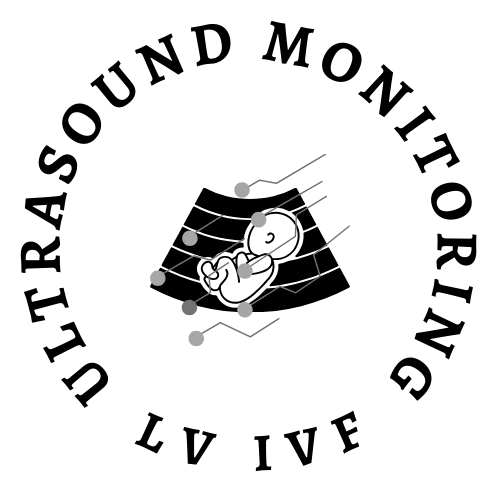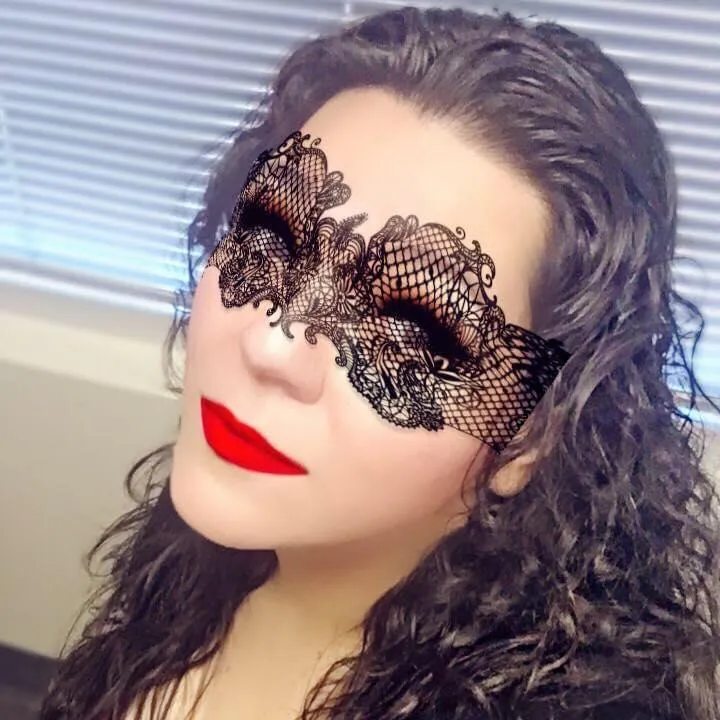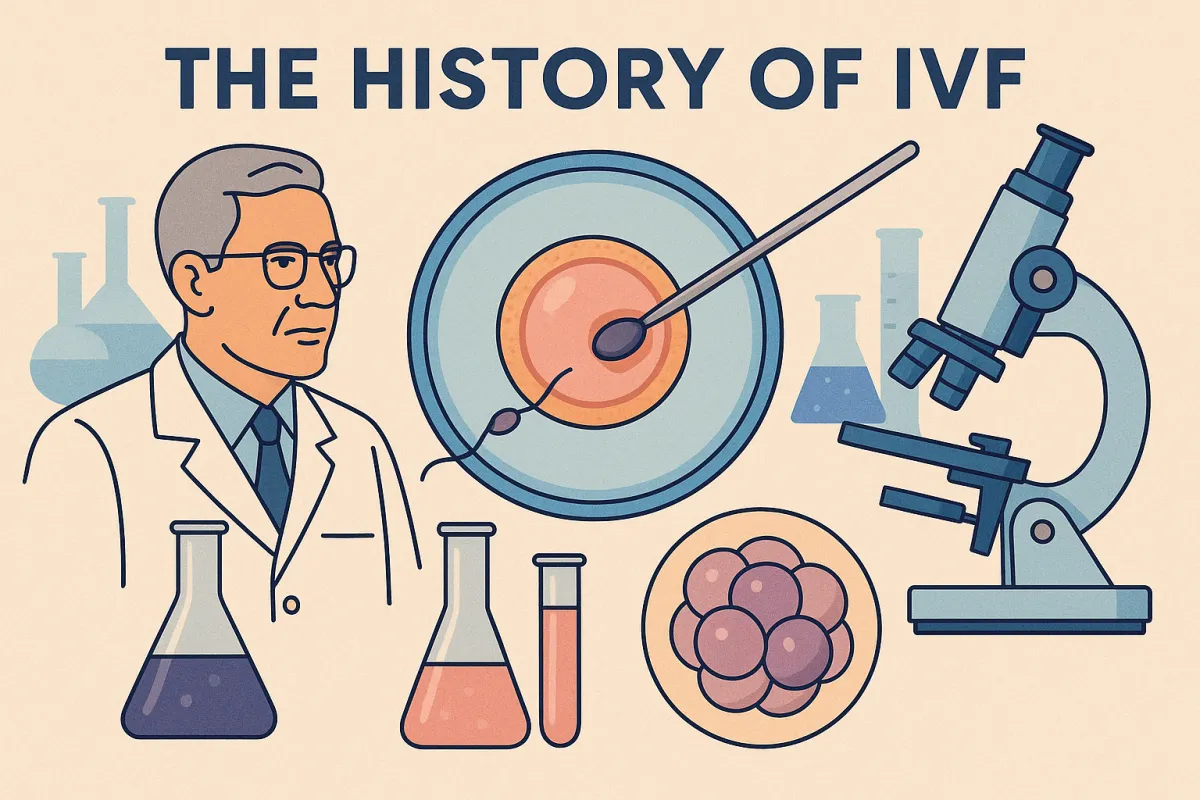
Ultrasound Monitorig
for Your IVF Cycle
For IVF monitoring cycles that are out-of-state of your location
Starting your cycle
Starting an IVF cycle is stressful enough, doing it with an out-of-state provider just increases that stress. That is why we have developed an out-of state monitoring program to help women that need ultrasound monitoring without having to travel to their provider. We follow your physicians instructions and with be able to accommodate your schedule. Most all cycles, whether retrievals or transfers, will need 2-3 ultrasounds during that cycle. All reports can be faxed or emailed to your physician within 2-3 hours after the exam is finished.
To schedule an appointment
Please Call True Health Acupuncture at 702-475-0870
You can also book online on the True Health Acupuncture website.
1481 W Warm Spring Rd #129
Henderson, Nevada 89014
Testimonials
My name is Michelle Aukerman. And I just have to say that Joyce at True Health Acupuncture is probably the best ultrasound technician I have ever had in my life and I’ve been through several. She’s very personal and talks through everything and if something goes wrong, she says OK how do we make this right? What’s the next step we need to take? You don’t hear that from any other ultrasound tech, they're so jaded. The comfort environment at True Health Acupuncture is unmatchable. It does not feel like a doctor's office and everybody is so warm but when it comes to Joyce, she is completely unmatched. It’s like having your own mother right there with you. I highly highly recommend her.
Thank you, the Aukerman’s

Michelle A.
This is the second pregnancy that I came to Joyce for my outside monitoring. I have been very nervous about the whole process, but Joyce guided me through each and every ultrasound. Although the monitoring went smoothly, upon achieving pregnancy I developed some bleeding. Of course, I panicked. Joyce explained everything that was going on with my bleeding and helped me through this anxious time. I don’t know what I would have done without Joyce’s calm demeanor. And the added bonus is having acupuncture treatment right there at True Health Acupuncture, the office Joyce works out of. I will always be truly thankful for the amazing experience that I received from both Joyce and True Health to be a part of my fertility journey.

Sara P.
Joyce is an exceptional individual who made a significant impact during my IVF journey. I had the privilege of meeting her when I needed support, and she was able to perform ultrasounds when our IVF Dr was unable to accommodate us. Her ability to confirm our twin pregnancy was incredibly reassuring. Joyce took the time to explain everything she was observing, which not only made the experience more memorable but also helped alleviate my anxiety. Her compassionate approach truly made a difference in my experience.

Nicole B

🧬 The History of IVF: Where It All Began
🧬 The History of IVF: Where It All Began
In vitro fertilization—better known as IVF—might feel like a modern marvel, but the roots of this breakthrough stretch back nearly a century. It’s a story that blends scientific perseverance, a bit of controversy, and ultimately, a miracle for millions.
🌍 Where Did IVF Start?
The very first successful IVF baby was born in Oldham, England, on July 25, 1978. Her name? Louise Brown—a healthy baby girl who became the world's first "test tube baby."
But the groundwork was laid long before that.
👨🔬 The Scientists Behind the Breakthrough
Two British pioneers led the charge:
Dr. Robert Edwards, a Cambridge University scientist and reproductive biologist from Batley, West Yorkshire, England. He had a deep interest in the science of fertilization and early embryo development.
Dr. Patrick Steptoe, a gynecologist and laparoscopic surgery expert from Oxford, England, who practiced in Oldham and was one of the first doctors in the UK to use laparoscopy to retrieve eggs from a woman's ovaries.
Together, they worked for more than a decade, combining lab science with clinical surgery to develop what we now know as IVF.
At the time, many in the medical and religious communities were skeptical—or even outright opposed—citing ethical concerns and fears about "playing God." But their persistence paid off.
🧪 What Does “In Vitro” Mean?
The term “in vitro” is Latin for “in glass.” It refers to the fertilization process happening outside the body, typically in a lab dish or test tube. In contrast, natural conception happens in vivo (inside the body).
Here’s what IVF looked like in its earliest days:
Eggs were retrieved surgically from a woman’s ovaries.
Sperm was collected and introduced to the eggs in a petri dish.
If fertilization occurred, the embryo was monitored for a few days.
One embryo was then placed into the woman’s uterus in hopes it would implant and grow.
🔬 Why Was This Revolutionary?
Before IVF, the only options for couples facing infertility were adoption or remaining childless. IVF offered new hope—especially for women with damaged or blocked fallopian tubes, a common cause of infertility.
IVF transformed reproductive medicine and opened the door to new technologies like embryo freezing, donor eggs/sperm, and genetic screening.
🏅 A Nobel Prize for the Effort
In 2010, Dr. Robert Edwards was awarded the Nobel Prize in Physiology or Medicine for his groundbreaking contributions to IVF—long after the first baby was born, but well-deserved for a discovery that changed millions of lives.
